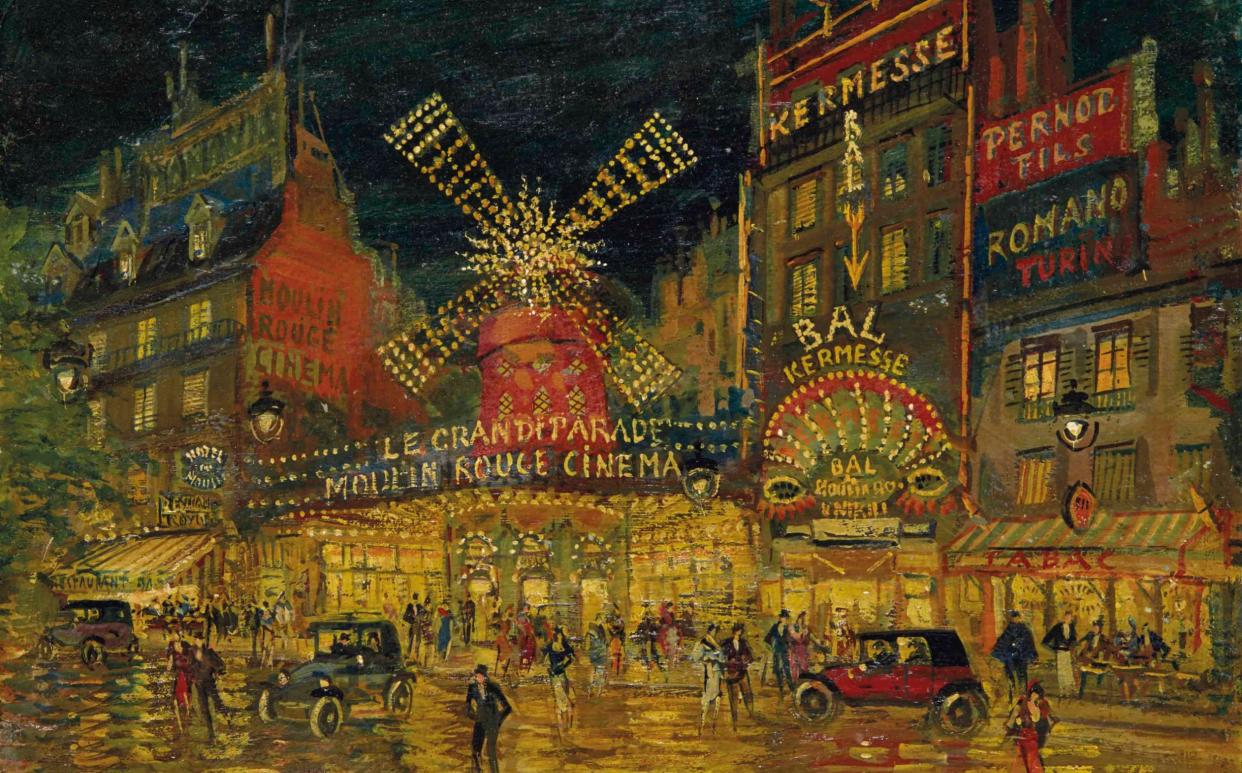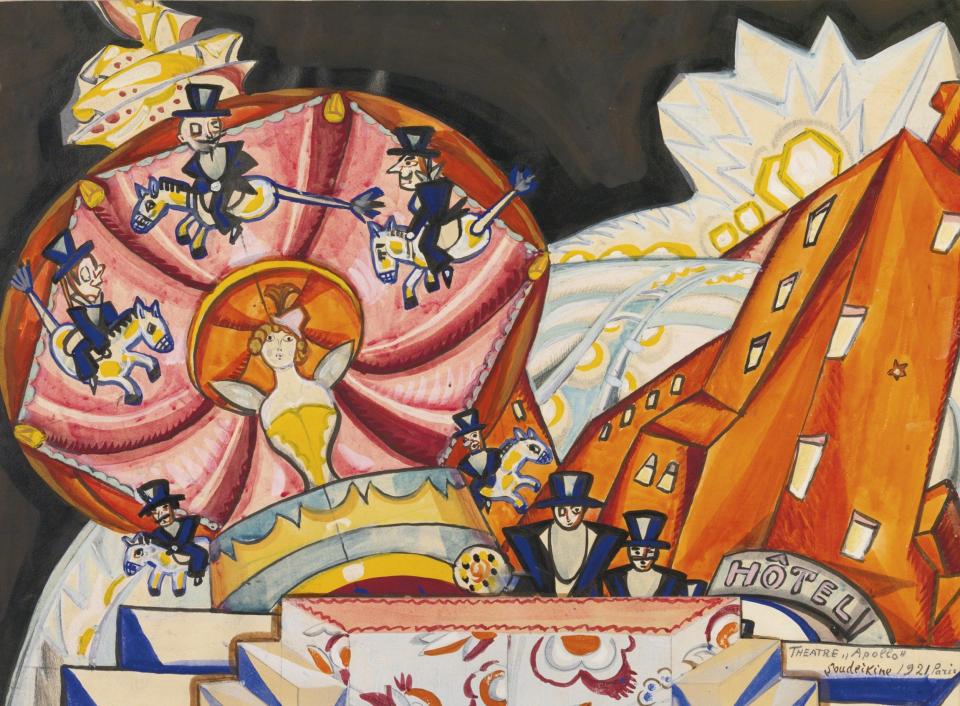Stitching for Chanel and scrubbing floors: how Russian nobles survived in Paris after 1917

Oddly, Helen Rappaport’s book about Russian émigrés in interwar Paris doesn’t mention Ernst Lubitsch’s 1939 movie Ninotchka. The film, starring Greta Garbo, shapes most people’s idea of the phenomenon, and it is pretty accurate in its comic depiction of the intrigues. Rappaport’s version is serious history, however, albeit written in somewhat slapdash style (with an egregious grammatical error in its first line), but widely researched and pleasantly readable.
She begins with a brief account of Russia’s infatuation with France, dating back to Peter the Great, interrupted by the Napoleonic and Crimean wars, but burgeoning at the end of the 19th century when the Tsar made a state visit and grand dukes thronged Riviera casinos like yesterday’s bloated oligarchs. In the years before the First World War, Sergei Diaghilev’s Ballets Russes hit the headlines, while artists and writers such as Marc Chagall and Anna Akhmatova hung out in Montparnasse. All things Russian were chic.
But Rappaport focuses on what happened after the turmoil of 1917, causing hundreds of thousands to flee to Paris, mostly via the Crimean ports. She emphasises that these “White Russians”, of all classes, were more anti-Bolshevik than pro-monarchist; their resistance to Lenin was always too fragmented to be effective, and the only thing that united them was a loathing of communism. From 1920 any hope of counter-revolution, let alone a Romanov restoration, was fantasy, albeit a persistent one.
Inevitably, it is tales of the falls from grace of the wealthy and titled that are most vividly recorded. Whatever their sins under the old regime, it is impossible not to sympathise. Those who hoped to live off the sale of smuggled heirloom jewels, their principal asset, were disappointed – the market was soon inundated and prices plummeted. Nobody had cash, and work or starve was the basic option.

The only marketable skill that genteel Russian ladies possessed was needlecraft, so many of them ended up stitching, knitting and embroidering for a pittance in the couture ateliers – Coco Chanel being one who cunningly exploited their helplessness. Male doctors, lawyers and accountants had untransferable qualifications, but some 5,000 of them would take to taxi driving, an occupation which at least allowed a dignified degree of autonomy.
Leo Tolstoy’s son Mikhail sang folk songs in a Montmartre dive; George Orwell’s former army officer friend Boris, depicted in Down and Out in Paris and London, scrubbed floors in Les Halles, working his way to becoming a waiter. The less fortunate were confined to the suburb of Billancourt and drudgery on the assembly lines in its Renault factory.
Interestingly, the migrants initially provoked little antagonism among the generally xenophobic French: few took to crime, and they showed an impressive level of community and self-help, developing an extensive charitable network. An Anglo-American heiress joined forces with a Russian leader of the Red Cross and endowed La Maison Russe, a rural estate, with an Orthodox chapel that housed 200 of the indigent elderly. Former generals did the cooking and dinner was served “with all the elegance of Petersburg society” in pre-revolutionary days.
Yet for the majority it remained a grim existence, with homesickness exacerbating depression. That wonderful expatriate writer Nina Berberova described her terrible feeling “of being free but not free, of living out of Russia and suffering the intellectual stagnation that went with that separation”, behind which “there always stood, like a watchman of my every step, poverty”.

Things would get much worse after the crash of 1929, as hard-pressed trade unions began to resent the Russian readiness to undercut their members, and an anti-Semitic Cossack named Pavel Gorgulov, self-appointed leader of the “Peasant All Russian People’s Green Party”, assassinated the French President Paul Doumer for insane reasons. The ubiquity of agents from Moscow (as featured in Ninotchka) fostered fears of infiltration and fifth columns.
These fears were not altogether unjustified, and many Russians were pro-fascist on the grounds that Hitler had vowed to destroy Bolshevism. But the Nazi invasion of France did nothing to help their cause. A lucky few, Vladimir Nabokov and Igor Stravinsky among them, reached the USA, but more fell victim to the Gestapo. Mother Maria Skobtsova, a St Petersburg aristocrat turned nun and selflessly devoted to the poor, died in the gas chamber of Ravensbrück. It’s a chronicle of courage, hardship and endurance, both saddening and uplifting, that resonates disturbingly with so much that is happening today.
After the Romanovs by Helen Rappaport is published by Scribe at £20. To order your copy for £16.99, call 0844 871 1514 or visit Telegraph Books

 Yahoo News
Yahoo News 
